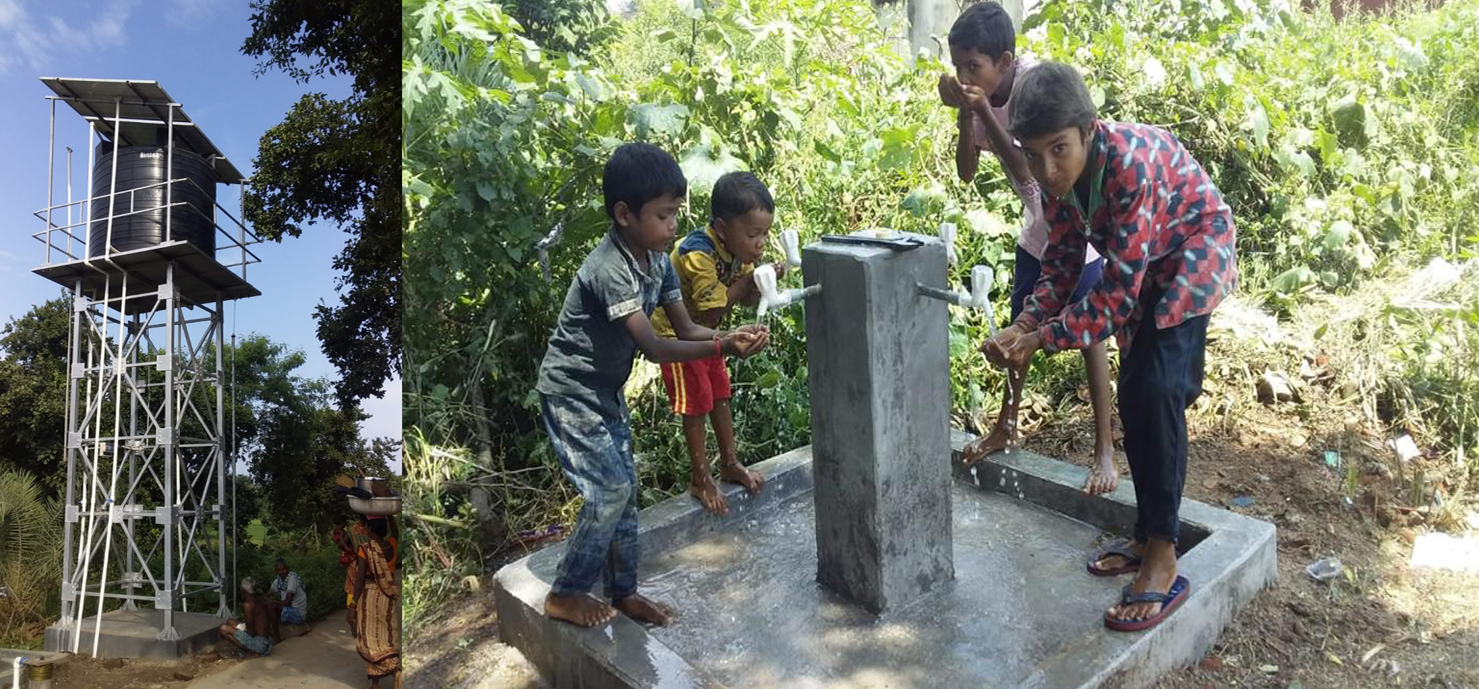An overhead tank pipe water supply project is an infrastructure initiative that involves the construction of elevated water storage tanks (overhead tanks) and a network of pipes to supply water to communities, neighborhoods, or institutions. This type of project is common in urban and semi-urban areas where a centralized water supply system is needed to meet the water demands of the population. Here are the key components and steps involved in an overhead tank pipe water supply project: Water Source Identification: The first step is to identify a suitable water source, such as a reservoir, river, or groundwater well, from which water will be pumped or gravity-fed to the overhead tank. Water Treatment: In many cases, the water from the source needs to undergo treatment to remove impurities, pathogens, and contaminants. Water treatment plants are constructed to ensure the supply of clean and safe drinking water. Elevated Water Storage Tank: An elevated water storage tank, commonly known as an overhead tank, is constructed at a higher elevation to create pressure for water distribution. The height of the tank allows for gravity-fed distribution, reducing the need for constant pumping. Pumping Stations: In cases where gravity flow is insufficient to meet water demands, pumping stations are installed to pump water from the source to the elevated tank. Pipeline Network: A network of pipes is laid out to distribute water from the overhead tank to various distribution points, such as households, schools, hospitals, and public facilities. Distribution Points: Water outlets or tap points are installed at strategic locations to provide easy access to water for the community. Community Connection: Households and establishments are connected to the water supply network, and individual connections are provided to ensure that each user has access to water. Water Quality Monitoring: Regular monitoring of water quality is conducted to ensure that the water remains safe for consumption. Water Billing and Revenue Collection: A system for billing and revenue collection is established to sustain the operation and maintenance of the water supply project. Community Awareness and Education: Community awareness and education programs are conducted to promote water conservation, proper usage, and hygiene practices. Operation and Maintenance: An operation and maintenance team is set up to manage and monitor the water supply system regularly, ensuring its smooth functioning and addressing any issues promptly. Emergency Preparedness: Plans for emergency situations, such as water shortages or equipment failures, are developed to handle unforeseen challenges. An overhead tank pipe water supply project is essential for meeting the water needs of growing urban areas and improving the quality of life for residents. Proper planning, design, and management are critical for the sustainable and efficient functioning of the water supply system. Community participation and support are also vital for the success of such projects.

